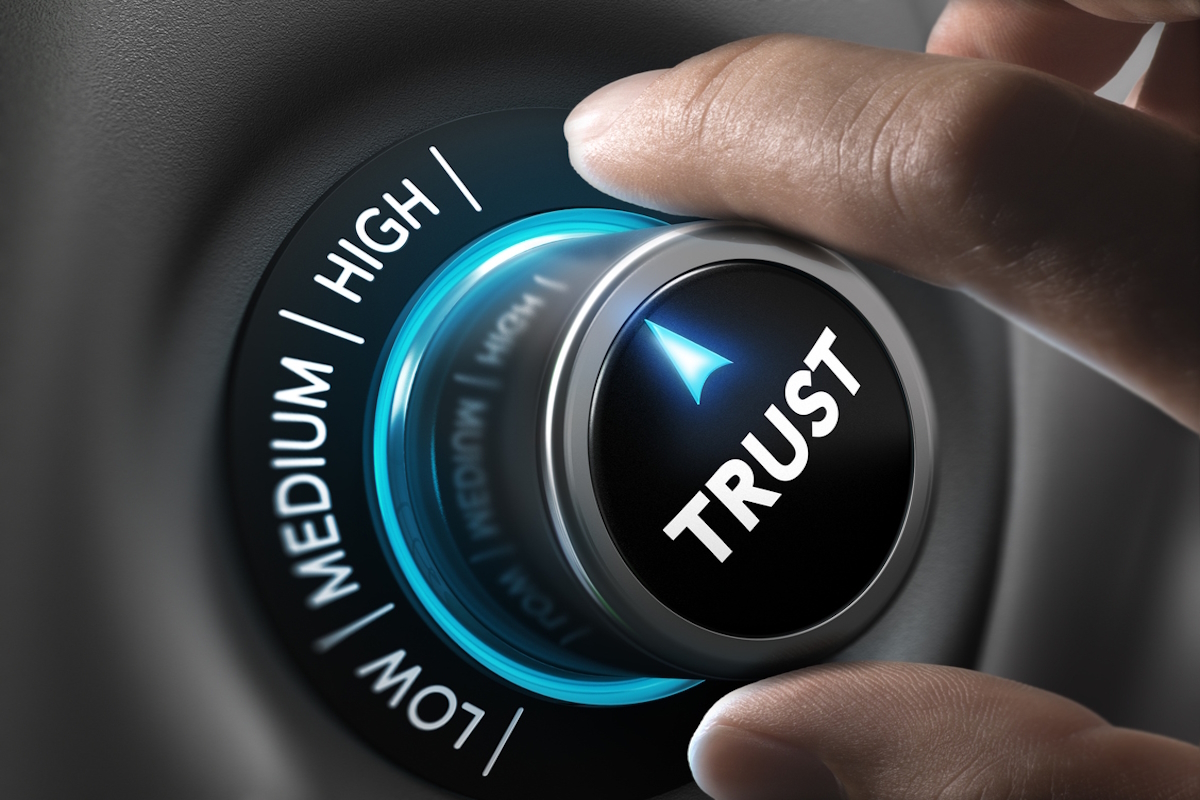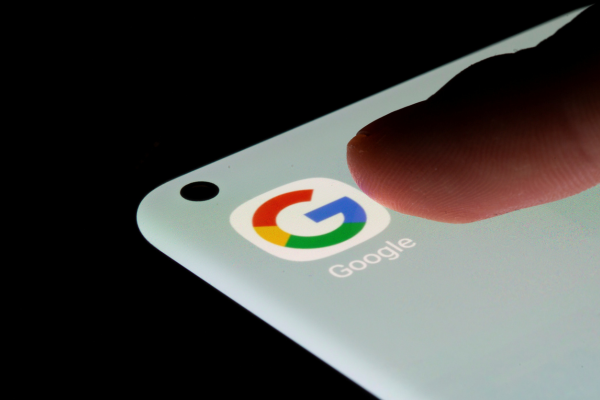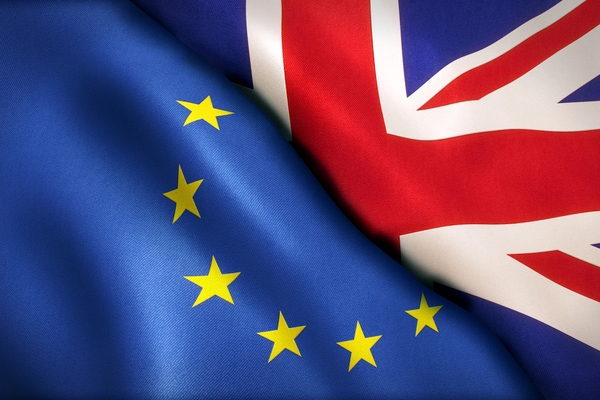Technology and trust: a difficult balancing act

Chris Harris at Thales outlines how to embed emerging technologies while maintaining consumer trust
In an era where plenty of emerging technologies are reshaping the business landscape, there’s significant potential to improve customers’ digital experiences. However, organisations must also consider the implications that such innovations could have on data protection.
As organisations navigate the risks versus rewards that come with disruptive technologies, proactively evolving data protection measures, and being transparent with users about their data handling practices, has never been more important to maintain trust. This comes as research reveals that almost three fifths (57%) of global consumers are concerned for how secure their personal data will be as companies implement emerging technologies.
So, what technologies are organisations embedding into their products and services, and how can they build consumer trust?
Connected devices
Internet of Things (IoT) devices in households and work environments – such as security devices, smart home devices and smart wearables – are becoming increasingly pervasive for both work and play. Their popularity is plain to see, with almost a third (30%) of consumers seeing smart home devices as a technology that will significantly improve their digital experience.
However, such smart devices are likely to collect vast amounts of data on users’ daily activities, productivity, health, and location. Whilst this does provide valuable analytics for the end-user, it also creates expansive datasets on consumers’ daily behaviour, attributes, and preferences – a source of concern for many users.
Worryingly, some studies also suggest that individuals can actually be identified as a part of anonymised datasets. With many of these devices, consumers will blindly sign up to privacy policies without reading all the small print or may even forget that their smart home assistant, for example, is actively collecting their data.
With data generated from the use of IoT devices only set to expand as connectivity is further embedded in everyday appliances, organisations must make sure that consumers can still reap the rewards of these devices, whilst also being reassured that their data is being sufficiently protected.
This follows the finding that over 26% of consumers have left a brand behind due to concerns about the handling of their personal data.
Digital IDs
Digital forms of identification are becoming a more prevalent method of verifying identities in online interactions and have grown considerably across various industries. As with all emerging technologies, digital IDs streamline often-arduous processes but, unlike some emerging technologies, digital IDs promise greater security.
Thanks to biometric-enabled authentication processes, alongside encryption, the data stored in digital wallets has multiple layers of security protecting them, preventing access to anyone other than the user.
By using contactless digital IDs there is also no need for individuals to physically share any IDs, documents, or personal information, ensuring complete privacy in the verification process. The verification simply happens in the background, with consumers’ eligibility delivered in the form of a certificate, so no individual service provider will be privy to your personal details.
Digital IDs are highly secure, however service providers may find that they need to provide additional reassurance to consumers, and communicate the measure in place to protect their personal data.
5G technology
5G networks offer faster speeds for data transmissions and communications, greater connectivity, and increased reliability. And, although most 5G networks are typically highly encrypted, they still run the risk of data being compromised. Namely, the increased transfer of data across networks, higher dependency on these networks, and distributed 5G network architecture could increase possible points of attack for cybercriminals.
With vast amounts of data traversing 5G networks all day – such as location, personally identifiable information (PII), intellectual property, and financial information – organisations need to make sure they are relying exclusively on networks with the strongest security in place and encourage their employees to do the same.
Artificial intelligence
As one of the great buzzwords of our era, AI has unprecedented capacity to improve user experience. However, from a cybersecurity perspective, while AI technology has the potential to automate threat detection, it can also automate cyber-attacks and aid bad actors. It could, for example, produce realistic deepfakes, which criminals could use to impersonate individuals to access data or could even result in identity theft and fraud.
Even seemingly innocuous tasks that AI can automate – like taking meeting notes for you – raise the questions: where is this data stored? And could it be compromised?
In fact, fears over AI are already rife – nearly six in ten global consumers are nervous that brands’ use of AI will place data at risk (57%), while just under half (47%) of users do not trust companies to use generative AI responsibly.
Not only should organisations harden their systems with AI in mind, but steps should also be taken to uplevel employees’ AI literacy and cyber hygiene. This will help to ensure the proper implementation of AI technology, building more trust between the brand and consumer.
Striking a balance
Striking the balance between moving with the times and protecting consumer and company data can be a challenge.
Organisations should have a clear technology adoption framework in place to guide implementation and reassure consumers that they have carefully consider the ethical, legal, and social implications of IoT, digital IDs, 5G, and AI. For example, our own framework for delivering responsible products and services advocates a transparent, understandable, and ethical approach.
Emerging technologies hold incredible potential to improve user experience. Hpwever, data security should be front and centre every step of the way to maintain and build consumer trust.
Chris Harris is EMEA Technical Associate Vice President, Data Security at Thales
Main image courtesy of iStockPhoto.com and olm26250

Business Reporter Team
Most Viewed
Winston House, 3rd Floor, Units 306-309, 2-4 Dollis Park, London, N3 1HF
23-29 Hendon Lane, London, N3 1RT
020 8349 4363
© 2024, Lyonsdown Limited. Business Reporter® is a registered trademark of Lyonsdown Ltd. VAT registration number: 830519543




